Reaching success with standard SEO & content marketing: from 30 to 3,000 clicks per day
03. 06. 2022 Autor“SEO can make such a difference!” We at eVisions have proven this in one of our projects. Find out how our SEO team succeeded in generating more traffic with content marketing + SEO measures.
SEOs believe that an effective SEO strategy shall rely on the four pillars used in search engine optimisation:
- Technical SEO
- Onpage SEO
- Offpage SEO
- Content
If you know how to successfully combine all four pillars and optimise your website in all four categories, you’ll gain higher rankings and more organic traffic. That’s the theory. But imagine what happens if only ONE pillar can be influenced?
We faced precisely such a situation when we started our cooperation with Generali Deutschland AG back in the second half of 2018. To begin with, the international insurance company has not exactly facilitated our work as SEO specialists.
Our case study will demonstrate how we have managed to increase organic traffic from 30 to 3,000 clicks per day (update: 4,400 clicks in 2021) only by using content creation, content optimisation and simple SEO measures. Let’s go!
Baseline: “We have deleted 80% of the indexed pages.”
When we started the cooperation, we established the following goal and KPI with the client:
- To increase brand visibility in search results for non-brand keywords,
- To increase organic non-brand traffic by 150% compared to the previous year.
To achieve the goal and the KPI, we could only use the client’s blog. That’s where we had the most leeway. We could determine content types, independently select topics for articles, set the length of the articles, and decide how often articles would be published. However, we had little or no…
- IT resources,
- Possibility to optimise product keywords,
- Link building,
- Online PR.
In August 2018, the blog’s organic traffic was around 2,000 visits. Of course, there was still some optimisation potential. However, we did not have to wait long for the first setback: the client deleted 80% of the indexed pages from their website. Thus, it was time for us to work more than ever!

Concept: An SEO-driven content marketing strategy
To achieve our goal and the KPI, we relied on the company’s existing blog. It had been very sparsely visited until then. Moreover, given the client’s restrictions, it was our only option to drive more traffic to the website. As mentioned earlier, we focused on Non-Brand-Phrases and Non-Brand-Traffic. That means we tried to boost traffic to the website/blog via insurance-related keywords that did not contain the brand name. And why? In this way, we were able to:
- Strengthen the visibility of the client and their brand in search,
- Select topics covering the entire customer journey,
- Establish a starting point for future lead generation.
Strategising: Analyses & Research
Before implementing the content marketing strategy, we had to do the groundwork. For us, this meant conducting analyses and research. It was the only way to gather enough information to optimise our strategy.
We conducted the following four steps and, in doing so, addressed the four questions below:
- Keyword research: Which keywords and phrases are essential for the client’s business?
- Researching the market and competition: Who are the direct and indirect competitors?
- Competitive analysis in Google search: How are the competitors performing, and how do they rank in the SERPs?
- Website audit: Examination of the website and troubleshooting.
1. Keyword research
First of all, we analysed the relevant keywords for our client and identified the keywords for which the website and the blog already rank.
Consequently, we carried out a Keyword Gap Analysis. The analysis results showed us exactly where we had to start. For example, we identified the keywords used by the competition to rank, but our client didn’t. We needed to fill this gap with good content and high-quality content.
2. Researching the market and the competition
We started by analysing our client’s competitors in more detail. We focused not only on insurance companies but also on competitors operating advice sites and blogs that may not offer insurance products but cover similar areas to those of our client.
Finally, we divided the competition into direct and indirect competitors. Thus, we could deduce which competitors (and their SEO measures) we should monitor regularly.
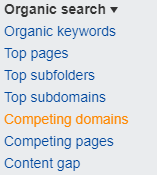
3. Competition analysis in Google search
When analysing the competition, we began by examining the SEO strategy that the competitors are currently pursuing, e. g., where they generate their traffic and the proportion of traffic that comes from Google search. Subsequently, we had to consider how we could “outplay” the competition in the SERPs.
Therefore, we examined the SERPs more closely and considered:
- Does a competitor’s article raise relevant or related topics and issues we can implement?
- Are there any new articles or topics for which we can provide additional or more up-to-date information?
- What is the search query that the search engines associate with the topic in question, and to what extent can we build our articles to match the search query or user intent?
- How are the competitors’ SERPs designed?
- How can we structure our articles to be more appealing and readable than those of our competitors?
- What steps do our competitors take in terms of link building and on-page optimisation?
4. Website Audit
Finally, we shifted our attention from the competition to the client’s website and conducted a website audit. We concentrated on the website content, on-site, off-site and technical SEO. This way, we exactly identified what we could influence on the website with various SEO measures and what we could not. We also searched for other ways to achieve the goal and the KPI. However, as already mentioned, our hands were tied here in most cases. Our focus remained on the client’s blog.
Implementation: Content types & content creation
Now, it was time to implement our strategy. We started by creating a content strategy and decided on the following content types and goals:
- Search Content: To cover keywords and achieve more visibility.
- Inbound Content: To be able to cooperate with bloggers and generate natural backlinks.
- Highlight Content: To increase the brand awareness of the client.
- Follow Content (added a little later): To generate engagements on social media
How exactly did we create the content?
- Brief competition analysis on each article topic, focusing on the competitors’ content, their keywords and representation in the SERPs,
- Specifying a keyword set to be used in articles,
- Detailed briefing for copywriters setting out precise text requirements,
- Optimisation of internal linking,
- No link building (we had to write high-quality articles worthy of being linked to, of course!)
- No structured data, AMP or speed optimisation.
Meanwhile, the blog brought a stable number of visitors to the website. That’s why we have adapted the content strategy over time. At the beginning of the cooperation, we focused more on creating new content to bring traffic to the website; however, afterwards, we emphasised the regular maintenance and revision of the existing content. In doing so, we aimed to improve the rankings of the individual articles.
Results
- We launched the cooperation in August 2018 with just under 2,000 blog visits per month. One year later, the number of visits reached about 51,000 (+2,450 %). In the meantime, the blog achieves up to 100,000 visits per month.
- Initially, there were around 30 clicks per day; however, the blog now achieves more than 3,000 clicks per day and ranks in the top 10 with approximately 1,600 keywords.
- In 2021, the blog generated more than 1,420,000 visits.
Changes in organic traffic on the blog
Increase in the number of clicks on the blog
Organic keyword development (Top 10)
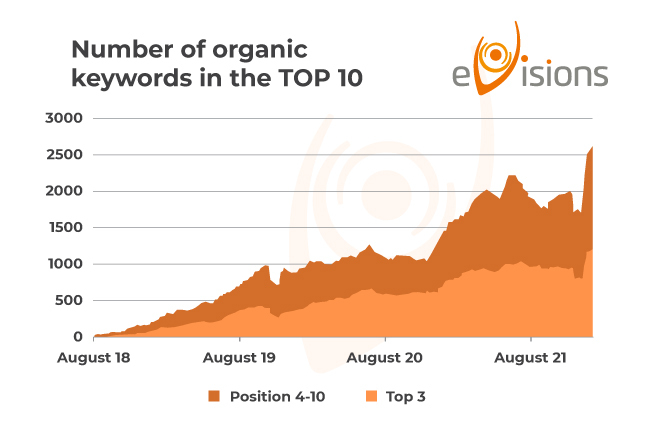
Not even we had expected such excellent results. The main reason may lie in the fact that our client operates in an industry with a high level of competition. Initially, we had no budget for paid advertising or content distribution. Since then, the articles have been shared on social media and distributed through other channels. We have started active link building only in 2022.
Ultimately, we have achieved a good starting position to drive relevant traffic to the product pages via internal links and initiate lead generation and newsletter campaigns.
Takeaways
There’s no need for SEO to be overly complex. Sometimes a combination of simple SEO measures and high-quality content is all a website needs. You should invest a lot of work in developing the strategy. You ensure that only the most relevant keywords are optimised by conducting initial analysis and research. In doing so, you create content that merits its rankings and to which people like to link.
Building the blog’s backlinks
This is the only way how to direct stable traffic to your website. Our client has gained a better understanding of the relevance and importance of SEO. Thus, they put much more emphasis on SEO activities. We are pleased with achieving such success as well.






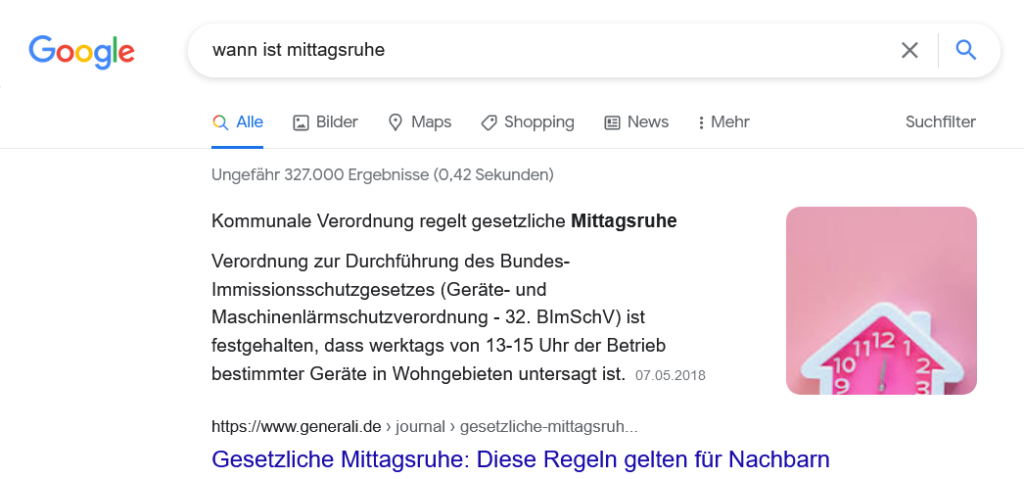
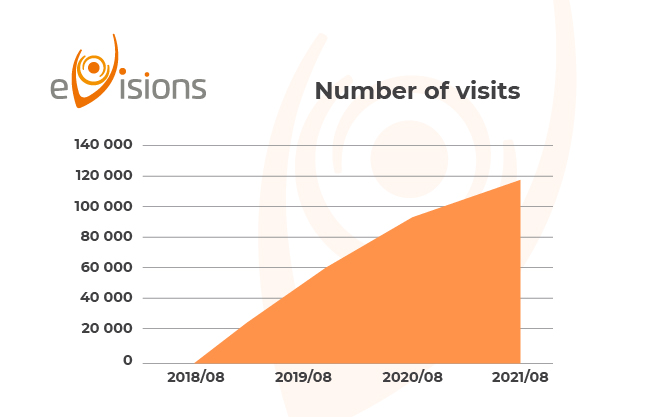
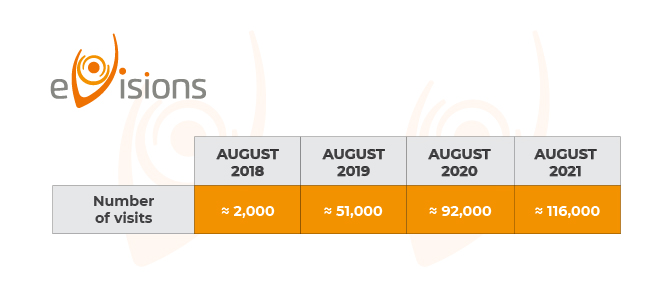
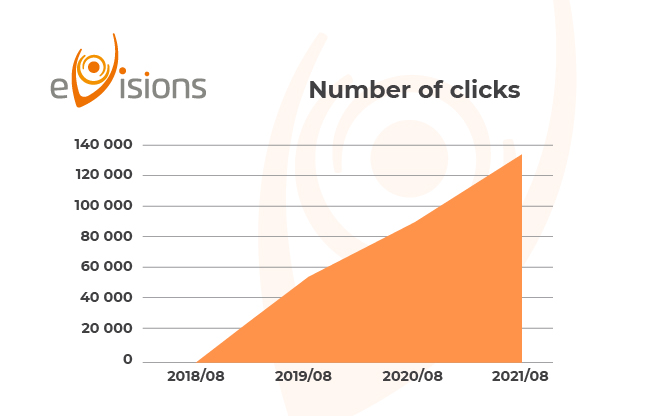
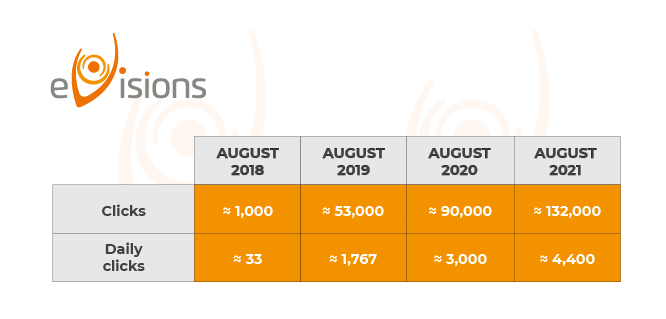


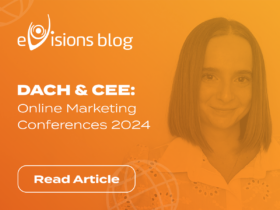

Komentáře